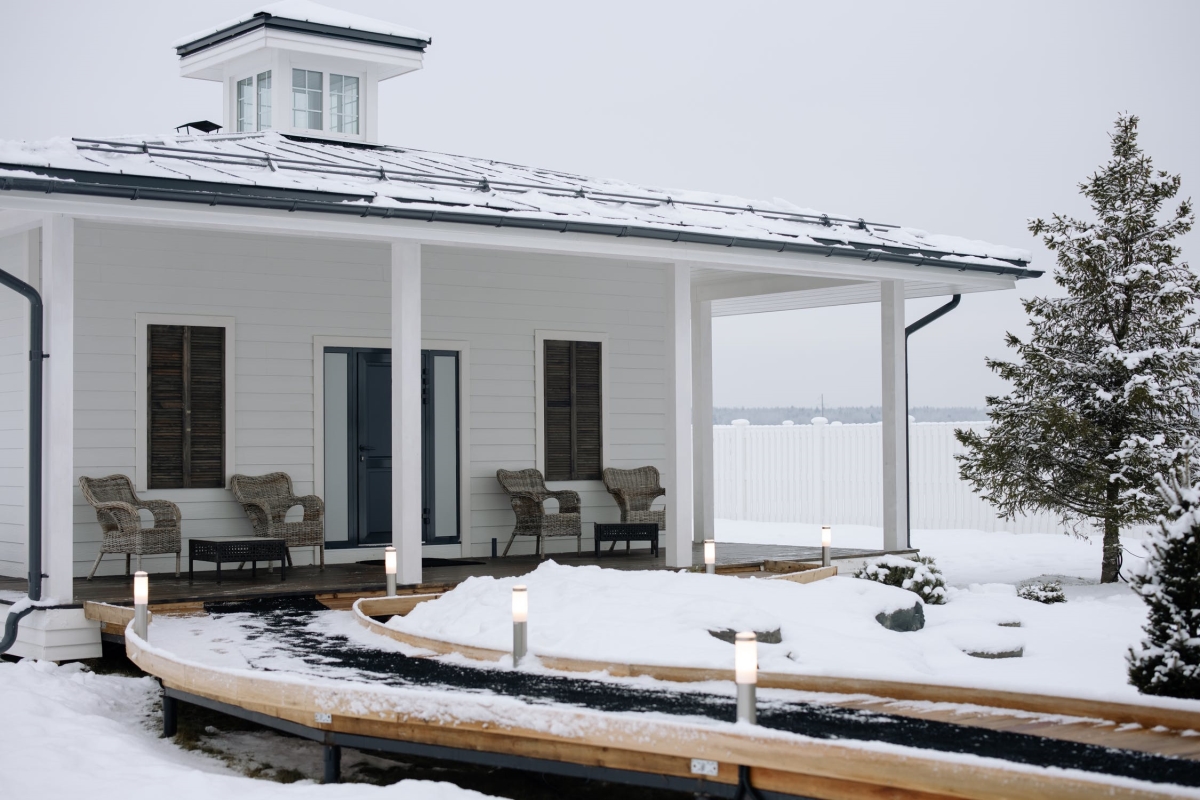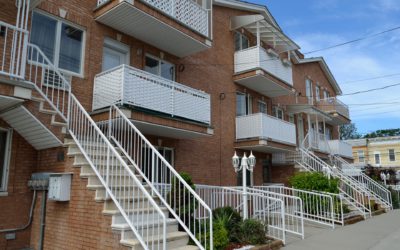Consistent upkeep is essential for the well-being of your rental property. As winter approaches, this becomes especially important in areas that experience extremely cold weather. Learn what you need to do to winterize your rental inside and out before the temperature drops.
Clean the fireplace
If your rental has a fireplace, it will need to be cleaned before winter gets underway. You’ll want to get rid of any dust that has accumulated since the last cold spell. If you have a gas fireplace, make sure it is turned off and cool to the touch before you begin to clean it. If you have a wood-burning fireplace, check the chimney for cracks in addition to sweeping out ashes. Proper maintenance of your fireplace helps to ensure its safe use during the cold season.
Do heater and air conditioner maintenance
Servicing your rental home’s heater every fall will help to prolong its life. Change the filter each year to ensure it runs well all throughout the winter. It is also a good idea to give it a tune-up or hire someone to do it. In fact, this may be required in order to keep your warranty in effect. Check your documents to see if it is, but even if it’s not, it’s a wise thing to do. Also check the water heater for leaks; you may want to perform a tune-up on it too. Same goes for the air conditioner.If the air conditioner in your rental is a window unit, cover the exterior of it to protect it from the elements. You should be able to find an affordable cover at a local retailer, but if you can’t, there are plenty available online.
Tackle yard cleanup
Ridding your yard of debris in the fall will help prevent pests from finding a cozy place to nest. Raking up fallen tree limbs and leaves will also help to prevent any grass on your property from suffocating and dying during the winter months. Cut off any tree limbs that are in danger of falling off to protect your rental as well as your tenants. You could be liable if someone is injured on your property as the result of a shedding tree, and your insurance company may not cover the costs if it finds that the incident happened due to negligence.As part of your pre-winter yard cleanup, also inspect the gutters and drains. Leaves and other debris will build up in them all year long, and if they’re clogged, ice dams can form and prevent proper drainage. Consequently, water could seep into the home and cause a variety of issues, including increased energy costs that can impact your bank account if you’re paying the utilities for your tenant. Clearing your gutters will also help to keep mosquitoes and other insects that could make their way into your rental property at bay.To ascertain that your gutters are working right, run water through them and check to see if they are draining properly. If they aren’t and you have already cleared them of debris, you may need to have them realigned.
Check pipe insulation
Insulate vulnerable pipes. Specifically, you want to make sure that pipes exposed to cold snaps won’t freeze. This includes plumbing pipes that may be in a garage or crawl space. Pipe insulation foam is relatively cheap and may do the trick, but depending on the climate where your rental home is, you may need thermostatically controlled heat tape, which automatically turns on at a specific temperature.To further protect outdoor pipes, always disconnect and put away garden hoses for the winter, as a frozen hose can cause a pipe to rupture.
Inspect your roof
Inspecting your roof before winter arrives is critical. It is nearly impossible to find an available roofer during even a mild storm. Not only are they usually super busy, but even if one can come out and look at an issue, it’s unlikely that conditions will permit repairs to ensue. Therefore, identifying potential leaks must occur before the weather turns. There are a number of things to look for that may indicate a possible leak, including rotting, buckling and missing shingles.
Seal driveway and walkway cracks
Finally, seal any cracks you discover in your rental’s driveway and walkways. Rainwater can get into cracks and freeze, expanding the size of each by as much as three times. The sealing is pretty easy to do yourself. You can buy concrete sealer at most any hardware store.
While you’re doing all this, make sure to give proper notice
Whether you’re hiring a service to do the work on your rental or performing the maintenance yourself, give your tenants advance notice that you’ll need access to the property as required by law for your state. For example, California requires 24-hour notice, while Florida only requires twelve. Some states have no statute regarding this at all. If you live in one of these states, you should include the information in your lease so your tenants know what to expect regarding landlord access. As a matter of courtesy, it’s always nice to give more notice than the law allows.
Final thoughts:
Due diligence will get your rental in safe shape for the winter and keep it in inhabitable condition. In the event that tenants report an issue during the season, check it out immediately. Putting off problems such as leaky pipes or moisture on a ceiling will only make things worse and more expensive to deal with down the line.
Originally published on Groundwork






0 Comments